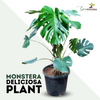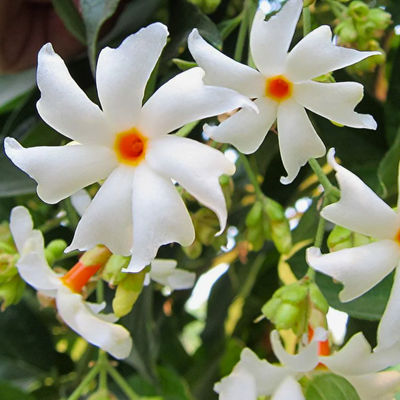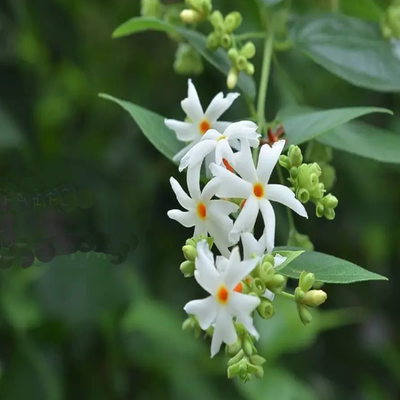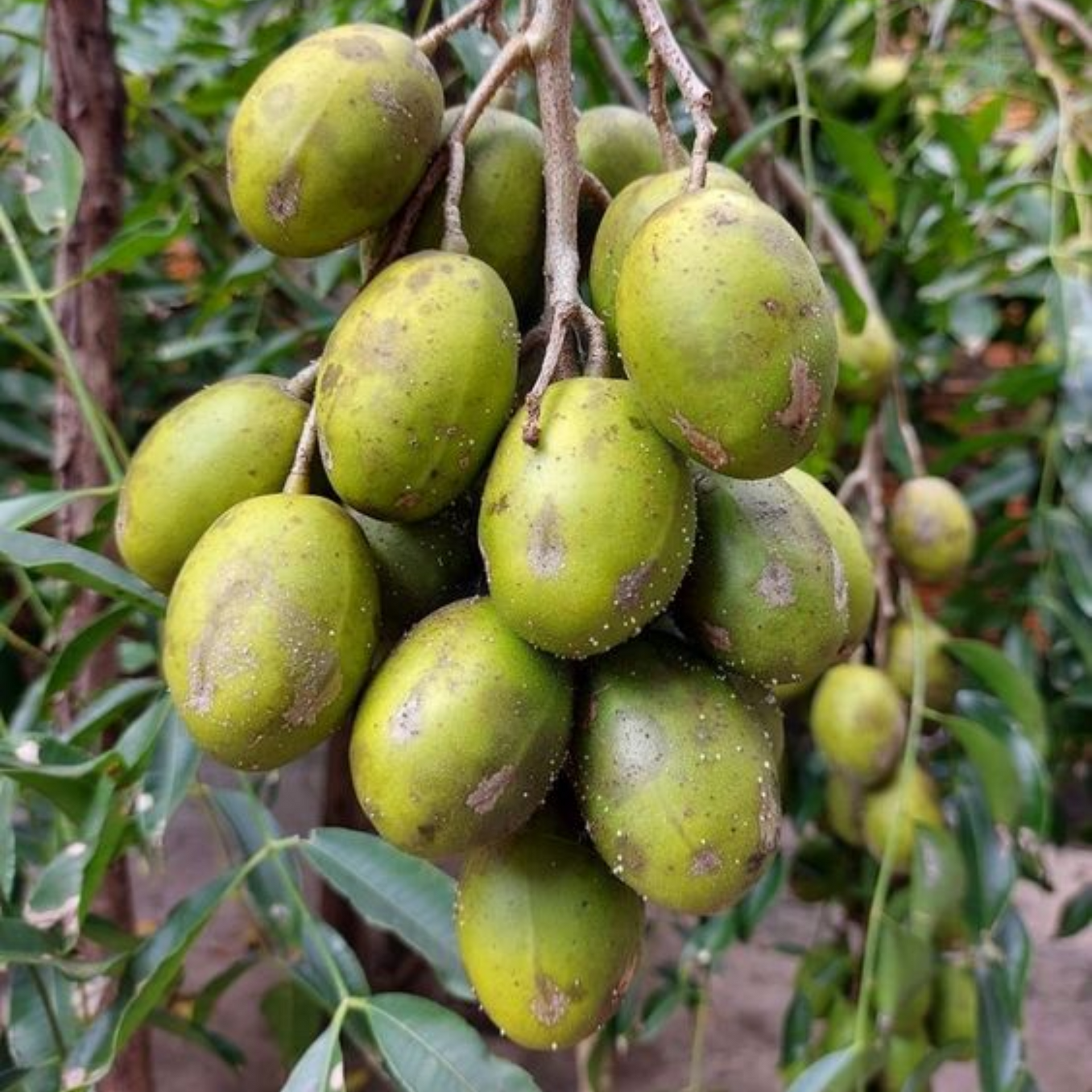

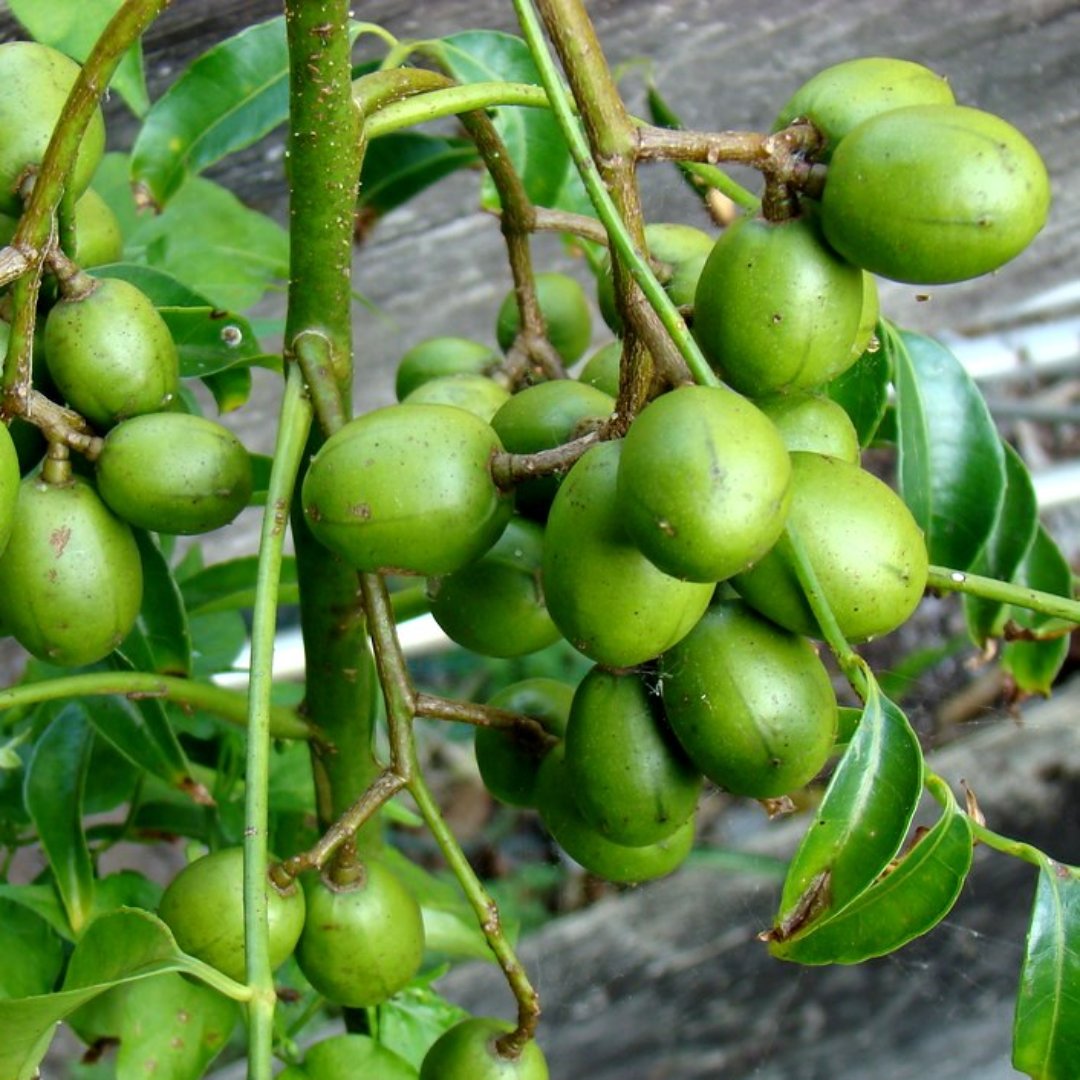

Green Paradise® Hog Plum Amra Spondias Mombin Fruit Ambada Live Grafted Plant With Polybag
Guaranteed Safe Checkout
Ambada Plant: Nature's Gift of Green
Elegance
When we think about enriching our homes and gardens with greenery, a name that may not immediately spring to mind is the Ambada Plant. But this lesser-known botanical gem, scientifically known as Spondias dulcis, has a lot to offer in terms of both aesthetics and utility. In this article, we will delve into the world of Ambada, exploring its characteristics, care requirements, and the various ways it can grace your life.
Understanding Ambada Plant:
- The Ambada Plant, also referred to as the 'June Plum,' 'Golden Apple,' 'Spondias,' or simply 'Ambarella,' is a tropical fruit tree native to the South Pacific and Southeast Asia. It belongs to the Anacardiaceae family and is esteemed for its lush foliage and delectable fruit.
Physical Characteristics:
- The Ambada tree is a handsome, medium-sized evergreen that can reach up to 30 feet in height.
- Its pinnate leaves, typically grouped into 6-9 leaflets, provide a dense canopy of vibrant green.
- The tree's attractive appearance makes it an ideal choice for ornamental landscaping.
Fruit of Abundance:
- The true charm of the Ambada tree lies in its fruit.
- The Ambada fruit is oval or oblong, roughly the size of an apple. As it ripens, the color changes from green to bright yellow, and it has a sweet and slightly tangy flavor.
- Often enjoyed fresh, it is also used in jams, chutneys, and various culinary applications, adding a delightful tropical twist to your dishes.
Cultural Significance:
- Ambada holds cultural importance in many regions. In some parts of the world, it's considered a symbol of hospitality, and offering Ambada to guests is a gesture of welcome.
- Its wood is also valued for carving and making musical instruments.
Caring for Ambada Plants:
Cultivating Ambada plants, whether for their visual appeal or the delicious fruit they produce, requires a few specific considerations:
Climate:
Ambada plants thrive in tropical or subtropical climates. They are not frost-tolerant and prefer warm temperatures.
Soil:
Well-draining soil is essential for healthy Ambada growth. Ideal soil pH ranges from slightly acidic to neutral.
Watering:
These plants like consistent moisture, so water them regularly, but avoid waterlogging.
Sunlight:
Ambada plants adore full sunlight. They need at least 6- 8 hours of direct sun daily for optimal growth and fruit product.
Pruning:
Pruning is not only for shaping but also for encouraging healthy fruit production.
Fertilization:
Use a balanced, slow- release toxin during the growing season( spring and summer).
Benefits of Ambada Plants:
Ornamental Value:
Ambada plants make exquisite additions to your garden with their lush foliage and elegant stature.
Fruit Production:
If you're fortunate enough to live in a suitable climate, you can enjoy a bountiful harvest of Ambada fruits, making it a rewarding plant for your garden.
Cultural and Culinary Significance:
Ambada connects you to rich cultural traditions and adds a delectable twist to your culinary creations.
The Ambada Plant, with its striking appearance and delightful fruits, is an extraordinary addition to any garden. It's a testament to nature's capacity to provide both visual beauty and culinary pleasure. Whether you're a gardening enthusiast, a fruit lover, or someone who appreciates the cultural richness of plants, the Ambada Plant is a true gift of green elegance that deserves a place in your life. Plant one today, and watch it flourish, both in your garden and in your heart.
Unlocking the Secrets to Growing a Thriving Ambada
Plant
The Ambada, scientifically known as Hibiscus cannabinus, is a charming and useful plant that has been cultivated for centuries across the globe. Its striking appearance and multifaceted uses make it a popular choice for gardeners and herbal enthusiasts. If you're looking to grow an Ambada plant of your own, you're in for a rewarding and visually appealing experience. This article will guide you through the process of cultivating a healthy and thriving Ambada plant.
Understanding the Ambada Plant
- Before you start growing Ambada, it's crucial to understand the plant's characteristics and requirements.
- Ambada, commonly known as Kenaf or Deccan hemp, is a tall, annual plant that can reach heights of up to 10 feet.
- It belongs to the Malvaceae family and is native to Africa but is now cultivated worldwide in warm climates.
- Ambada is renowned for its versatile uses.
- The fibers from its stems are used in making ropes, twine, and even paper.
- Its leaves are edible and rich in nutrition, often used in salads and as a leafy green.
- The plant also produces beautiful hibiscus-like flowers that range in color from pale yellow to deep red.
Selecting the Right Location
- Ambada plants thrive in warm, tropical climates.
- They require full sun to grow successfully, so choose a location that receives at least 6-8 hours of direct sunlight per day.
- Insure that the soil is well- draining to help waterlogging, which can be mischievous to the factory's health.
Preparing the Soil
- The next step is to prepare the soil. Ambada plants are not too demanding when it comes to soil quality.
- However, they grow best in well-draining soil with a slightly acidic to neutral pH level.
- You can amend the soil with organic matter like compost to ameliorate its structure and fertility.
Planting Ambada
Sowing Seeds:
Ambada is typically grown from seeds. Sow the seeds directly into the soil, spacing them about 2-3 feet apart to allow for the plant's full growth potential. Factory the seeds about ¼ to ½ inch deep.
Watering:
Keep the soil consistently moist, especially during the plant's early growth stages. Once the Ambada plant is established, it is more drought-tolerant, but regular watering is still necessary, particularly during dry spells.
Mulching:
Apply a subcaste of mulch around the base of the factory to help retain humidity and regulate soil temperature. This also helps to control weeds that might compete with the Ambada plant.
Caring for Ambada
Caring for your Ambada plant is relatively straightforward:
Fertilization:
Apply a balanced, all-purpose fertilizer during the growing season to encourage healthy growth. Follow the manufacturer's recommendations for operation rates.
Pruning:
Prune your Ambada plant to remove dead or diseased branches, which helps promote better air circulation. You can also shape the factory if asked .
Pest and Disease Management:
Ambada plants are generally hardy, but keep an eye out for common garden pests like aphids and caterpillars. Use organic pest control methods if needed. In terms of diseases, Ambada is relatively disease-resistant.
Harvesting:
If you're growing Ambada for its fibers, harvest the stalks when they are mature, typically around 100-150 days after planting. For leaves, they can be harvested once the plant is established.
The Ambada plant is a valuable addition to any garden, offering not only aesthetic appeal but also practical uses. Growing this plant is a rewarding experience that connects you to centuries of human history and the various applications of this versatile species. By following the tips and guidelines outlined in this article, you can successfully cultivate a thriving Ambada plant in your garden and enjoy the many benefits it has to offer.
Happy gardening!


